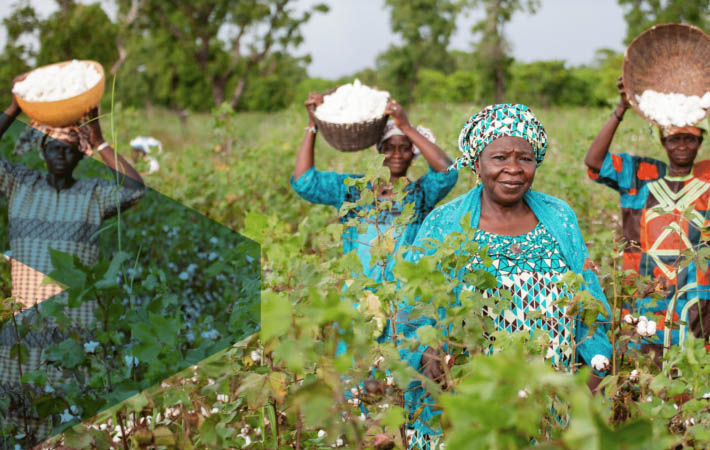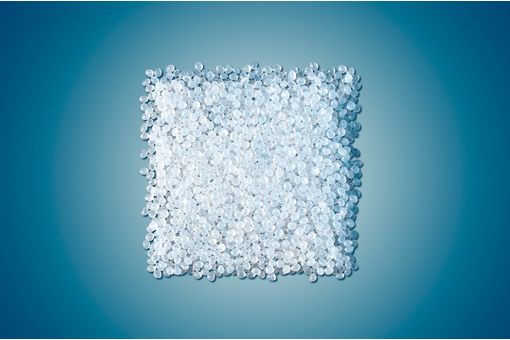GHG emissions significantly lower from Better Cotton farming

The report, conducted by Anthesis Group and commissioned by Better Cotton in 2021, found significantly lower emissions from Better Cotton licensed farmers’ cotton production. It has revealed the first-ever quantification of global greenhouse gas emissions of Better Cotton and comparable production.
Anthesis analysed more than 200,000 farm assessments from three seasons (2015-16 to 2017-18) and used the Cool Farm Tool as the GHG emissions calculation engine. The primary data provided by Better Cotton covered input use and types, farm sizes, production and approximate geographical locations, while some information was filled via desk research where primary data was not available, Better Cotton said in a press release.
The study found production had average annual GHG emissions of 8.74 million tonnes carbon dioxide equivalents to produce 2.98 million tonnes lint – equating to 2.93 tonnes carbon dioxide equivalents per tonne lint produced. Unsurprisingly, the largest emissions hotspot was found to be fertiliser production, which accounted for 47 per cent of total emissions from Better Cotton production. Irrigation and fertiliser application were also found to be significant drivers of emissions
“The aim of this study was two-fold. Firstly, we wanted to understand if Better Cotton farmers have produced lower emissions while growing cotton than comparable non-Better Cotton farmers. Secondly, we wanted to quantify emissions for producers contributing 80 per cent of Better Cotton global production and use this baseline to set a global emissions reductions target for 2030,” said Better Cotton.
To understand if Better Cotton farmers have produced lower emissions while growing cotton than comparable non-Better Cotton farmers, comparison data was provided by Better Cotton. Each season its partners collect and report data from farmers cultivating cotton in the same geographic areas using same or similar technologies, but who are not yet participating in the Better Cotton programme. Over half of the difference in emissions performance between Better Cotton and comparison production was due to difference in emissions from fertiliser production. A further 28 per cent of the difference was because of emissions from irrigation.
“We aim to make, and demonstrate, positive real-world change for the climate. This means having a baseline and measuring change over time. To help inform our forthcoming 2030 strategy and associated global target on emissions reduction, we requested a separate piece of analysis to assess emissions from Better Cotton (or recognised equivalent) production constituting over 80 per cent of licensed Better Cotton’s global production across Brazil, India, Pakistan, China and the US. The analysis breaks down emissions drivers for each state or province per country. This will enable emissions reduction strategies across Better Cotton’s and its partners’ major production areas to implement meaningful and measurable climate change mitigation actions,” explained Better Cotton.
Taking action towards emission from producing cotton, Better Cotton will set a 2030 target on GHG emissions reduction. This will be informed by climate science and the collective ambition of the apparel and textile sector, including notably the UNFCCC Fashion Charter of which Better Cotton is a member. Better Cotton is also partnering on a project led by the Gold Standard, which will provide guidance and credibility to Better Cotton’s emissions quantification method.
Fibre2Fashion News Desk (RR)
































-Ltd..jpg?tr=w-120,h-60,c-at_max,cm-pad_resize,bg-ffffff)





.jpg?tr=w-120,h-60,c-at_max,cm-pad_resize,bg-ffffff)
.jpg?tr=w-120,h-60,c-at_max,cm-pad_resize,bg-ffffff)






